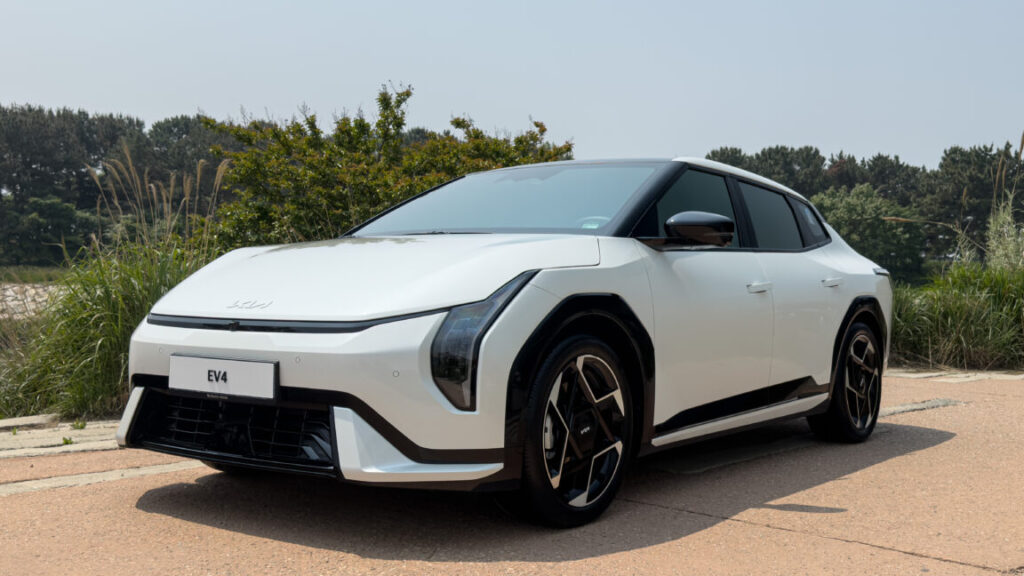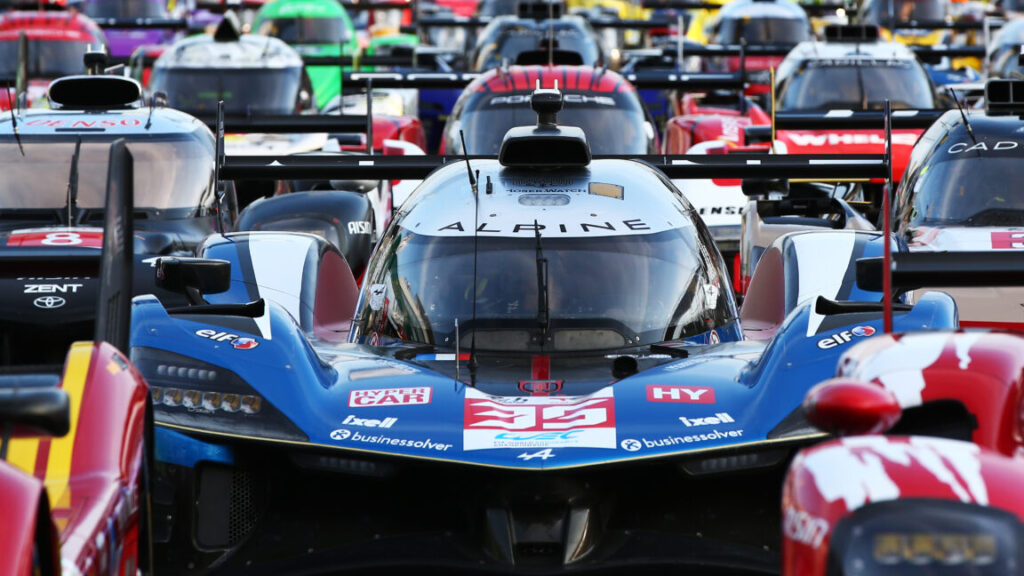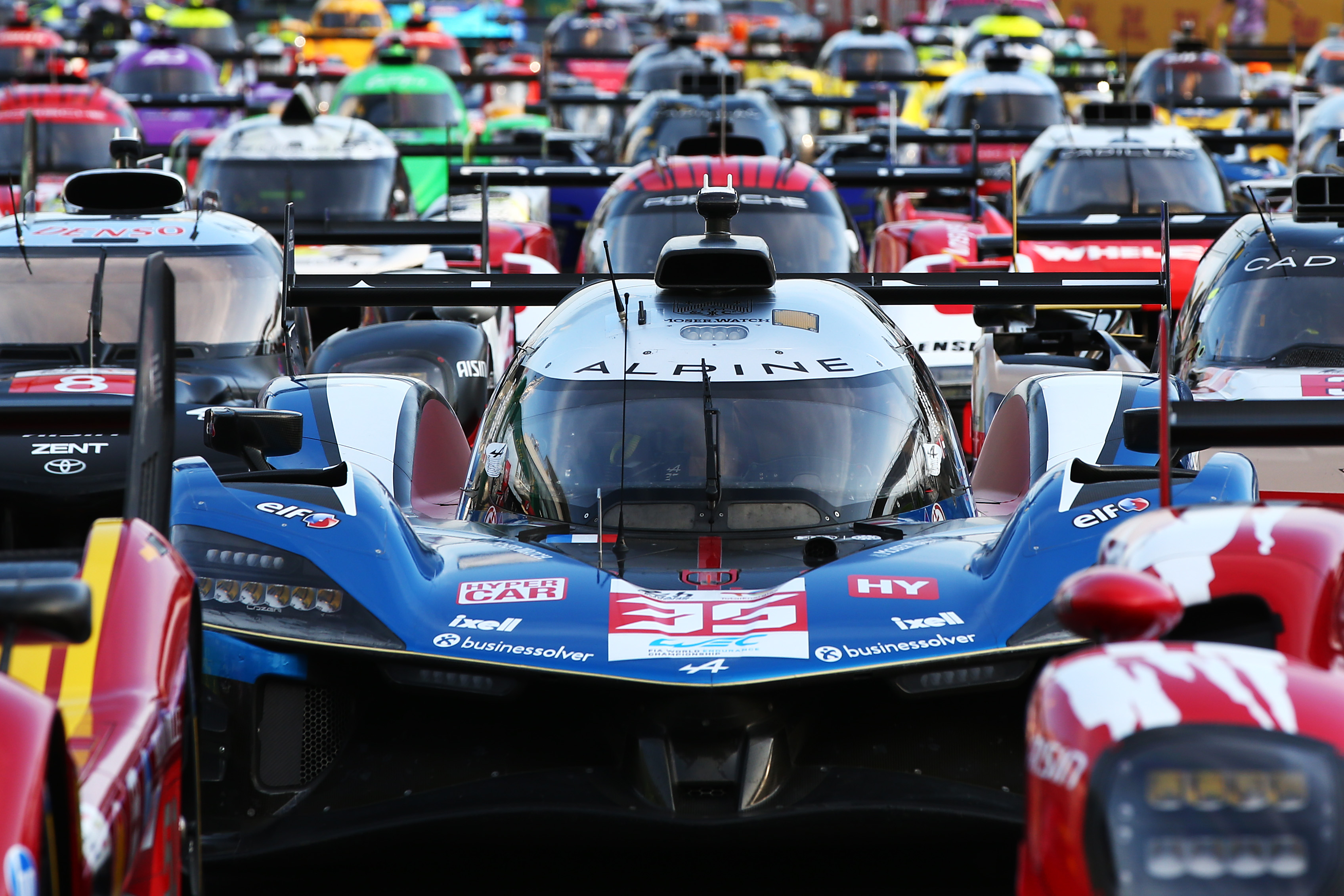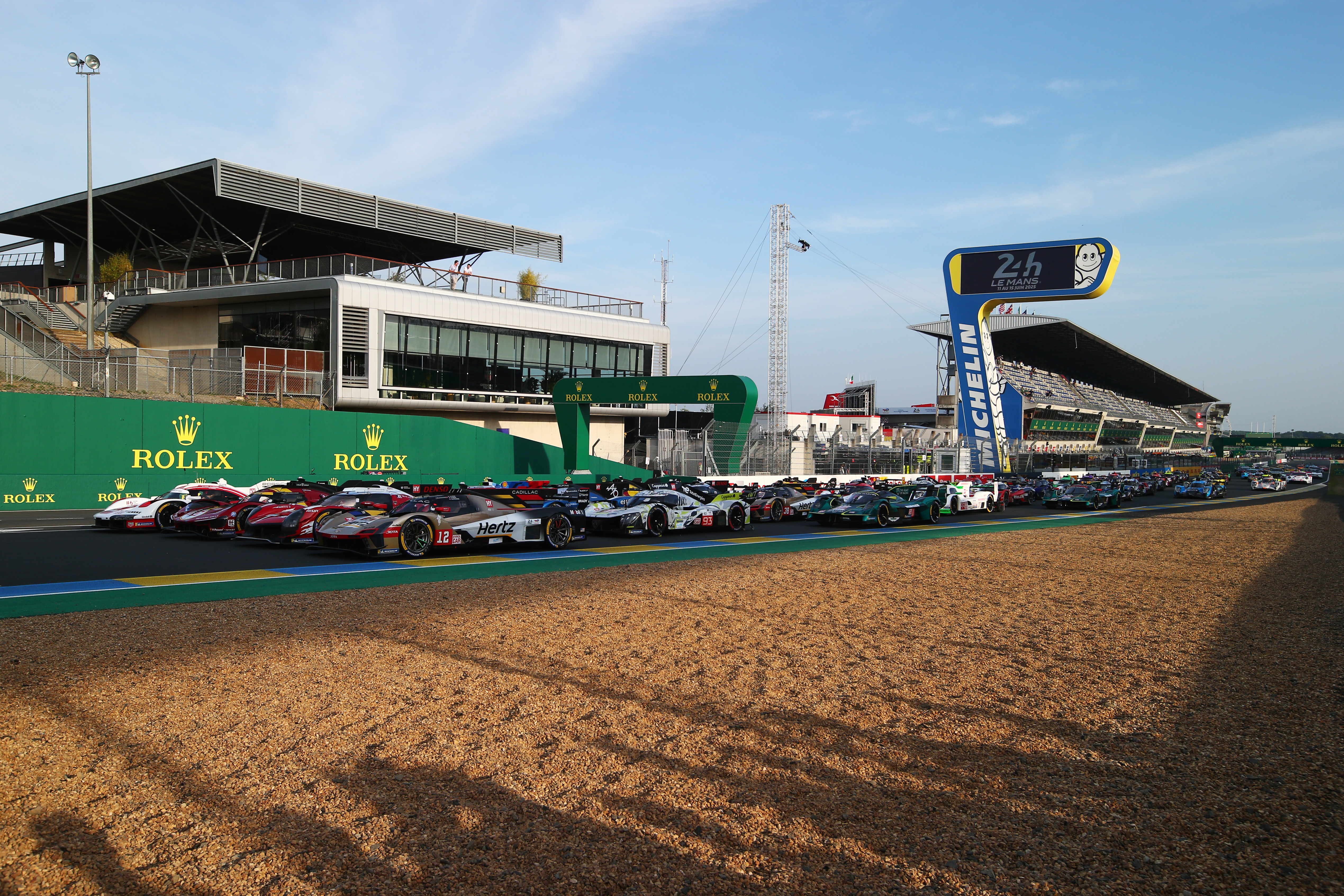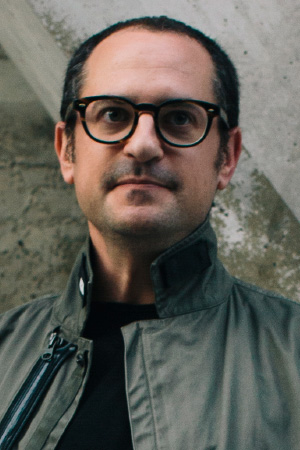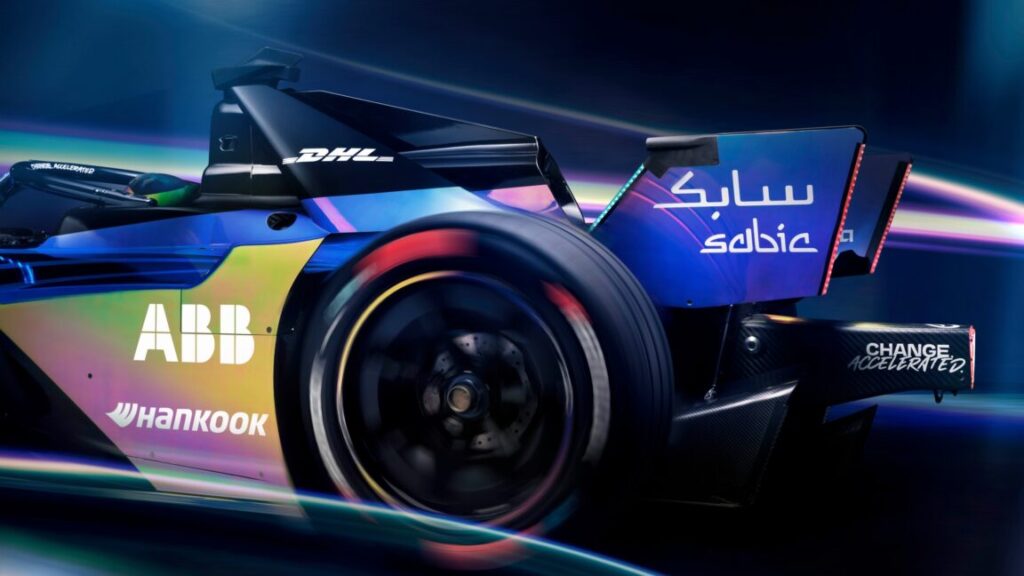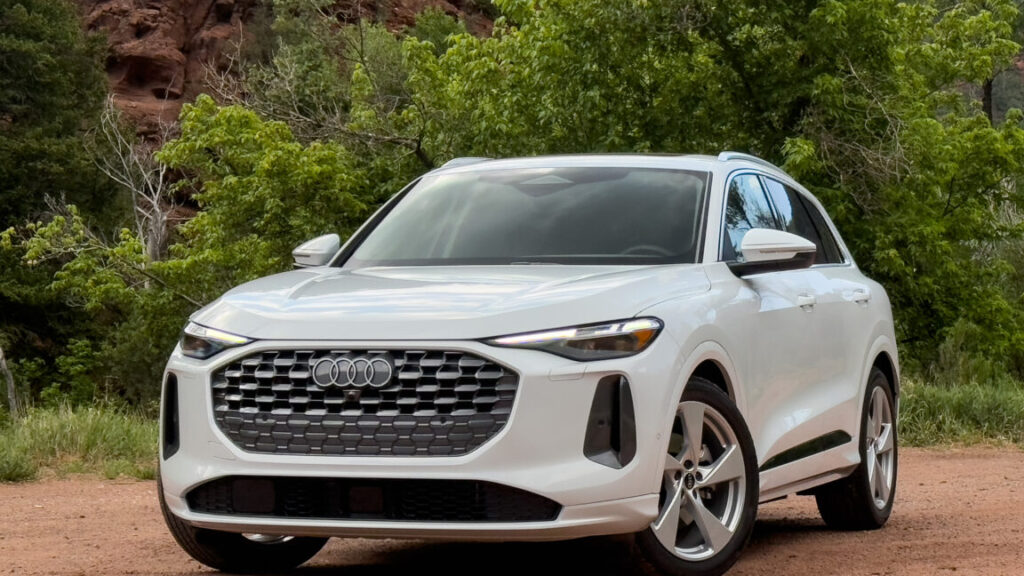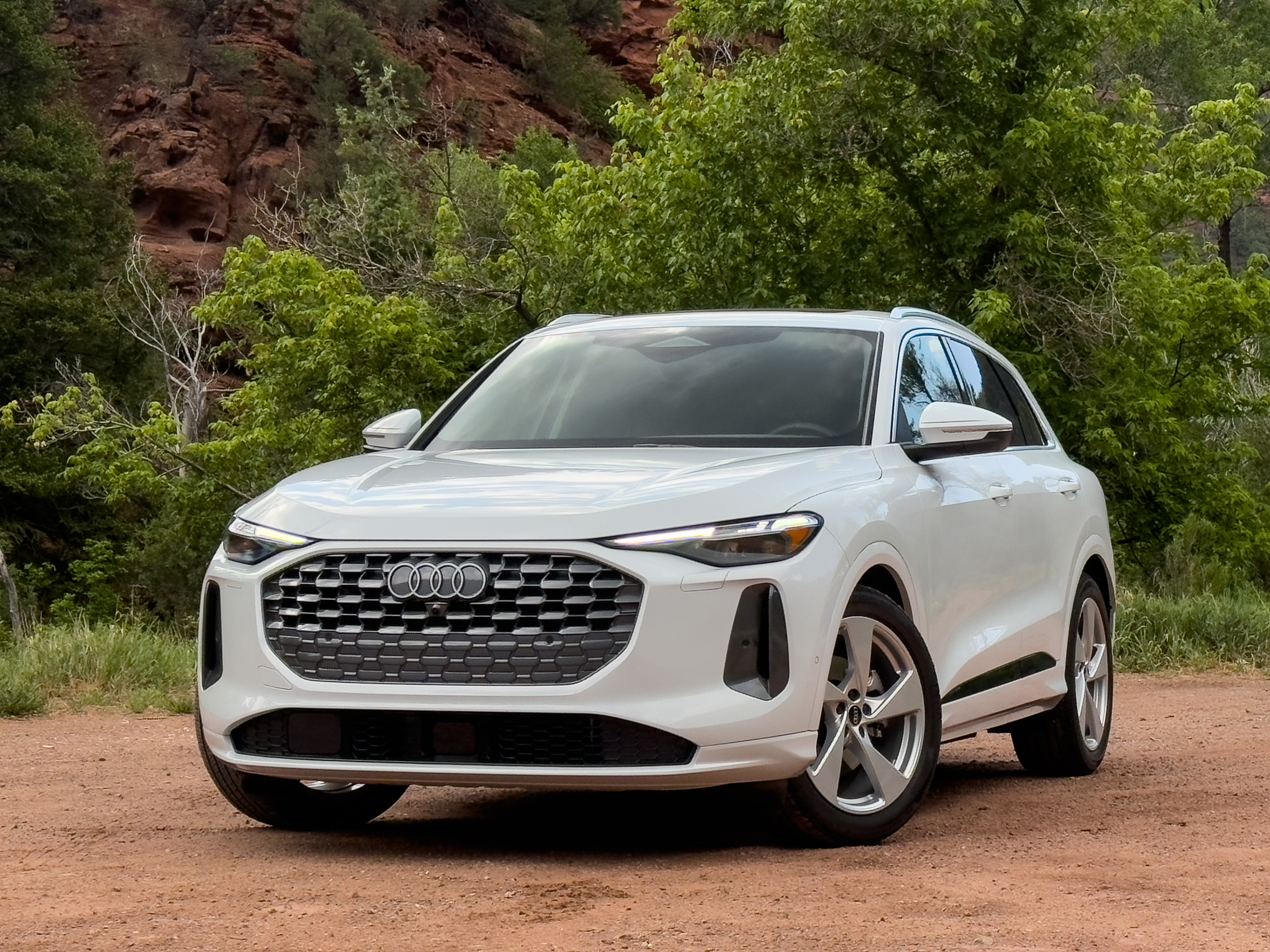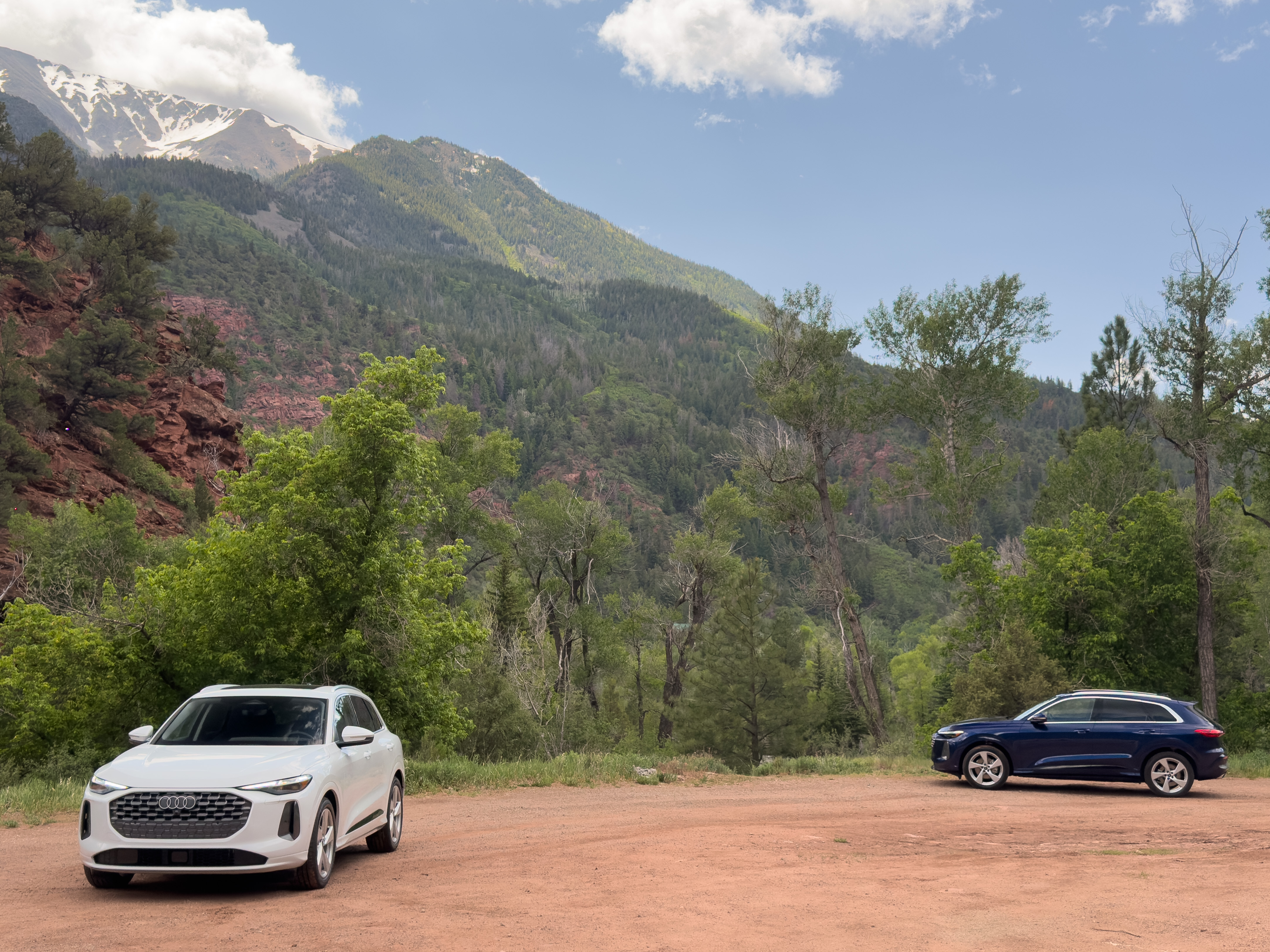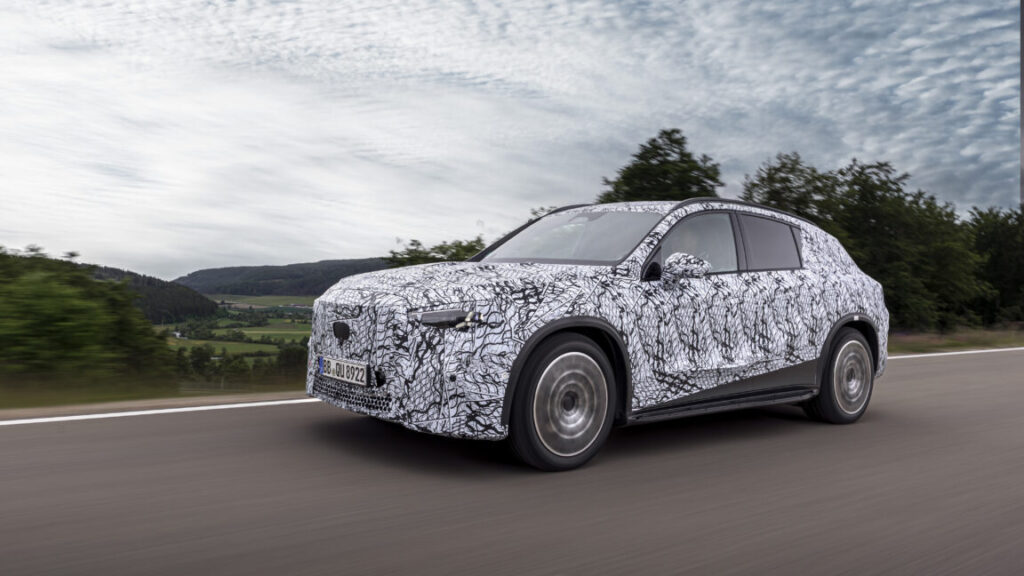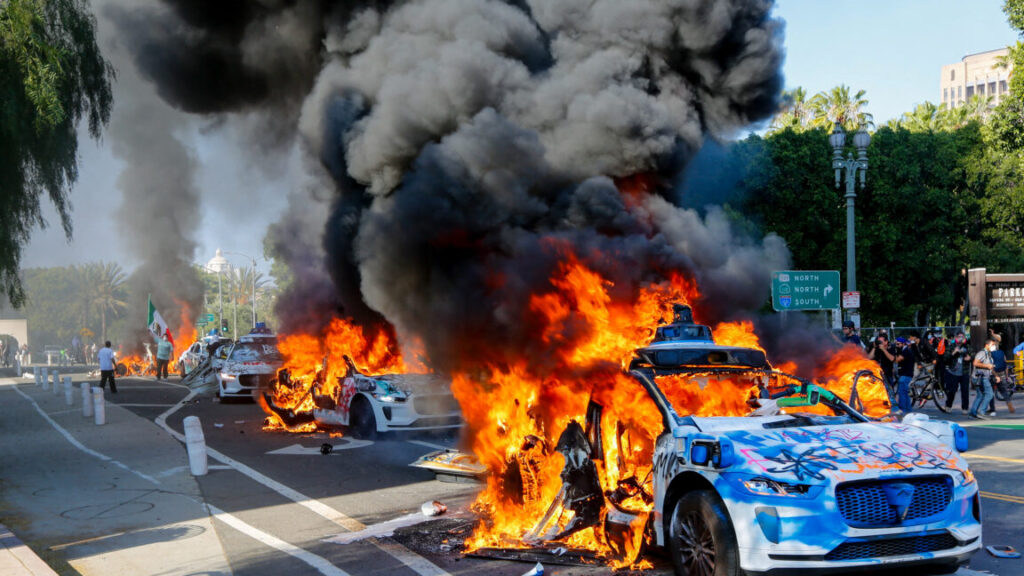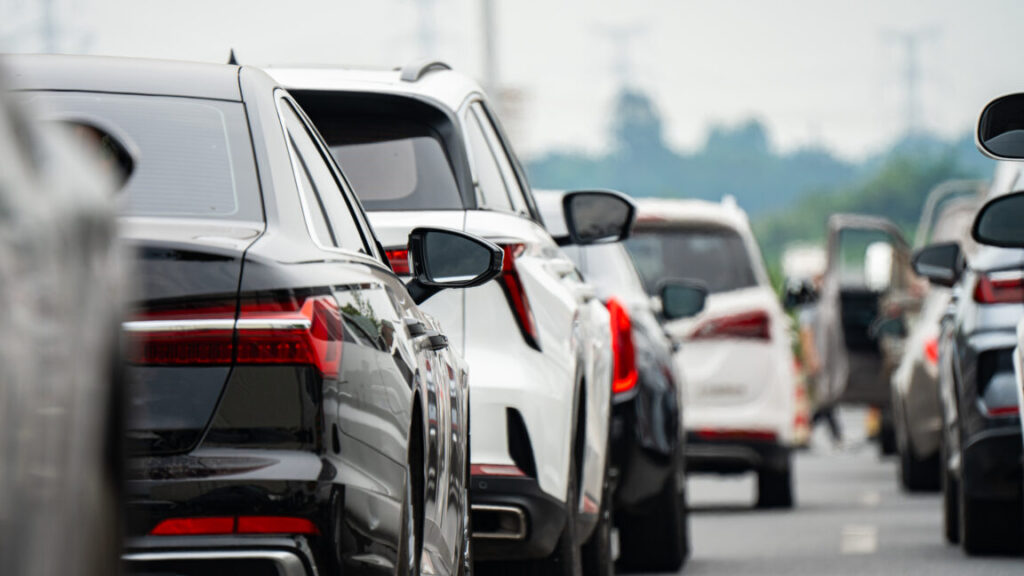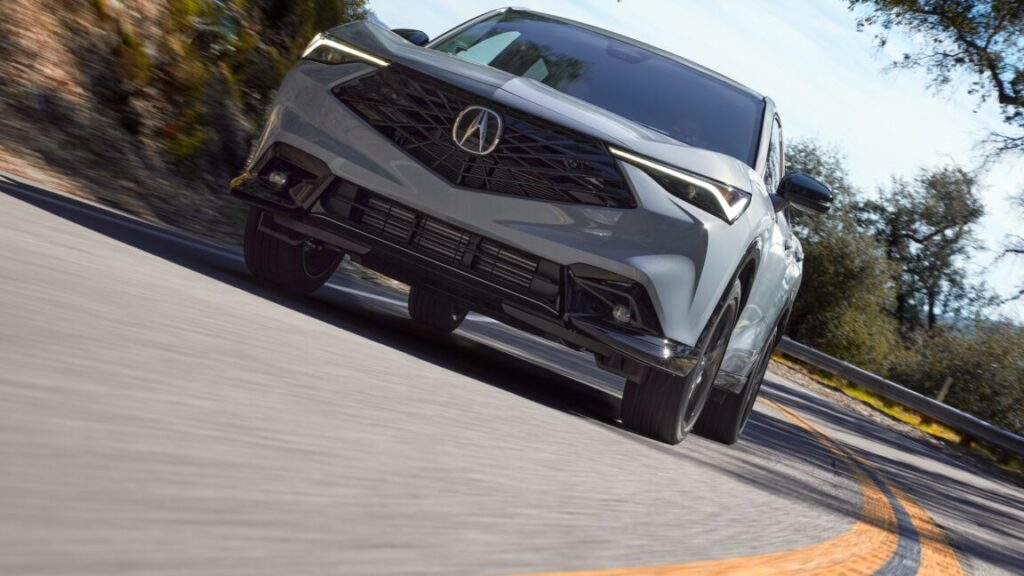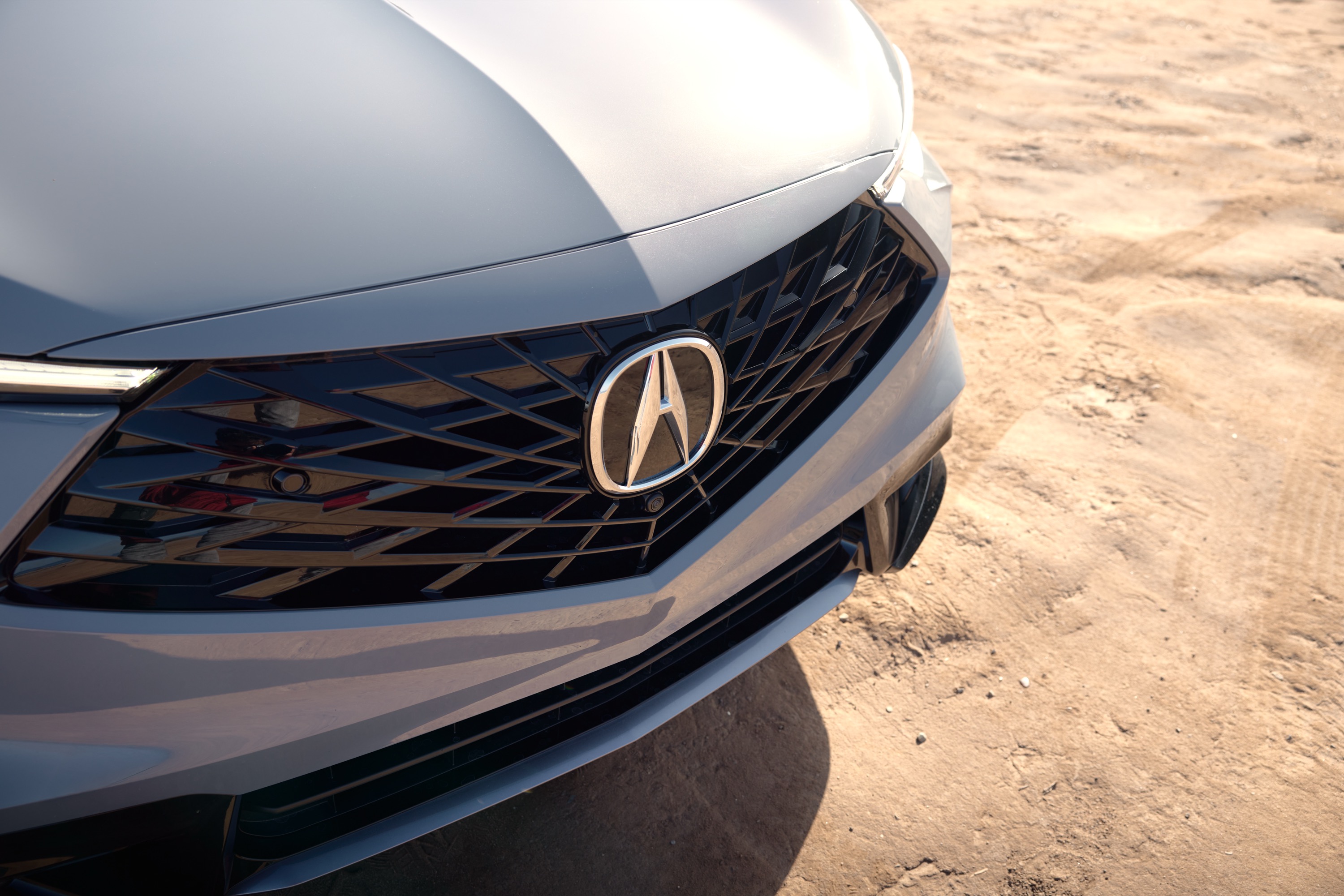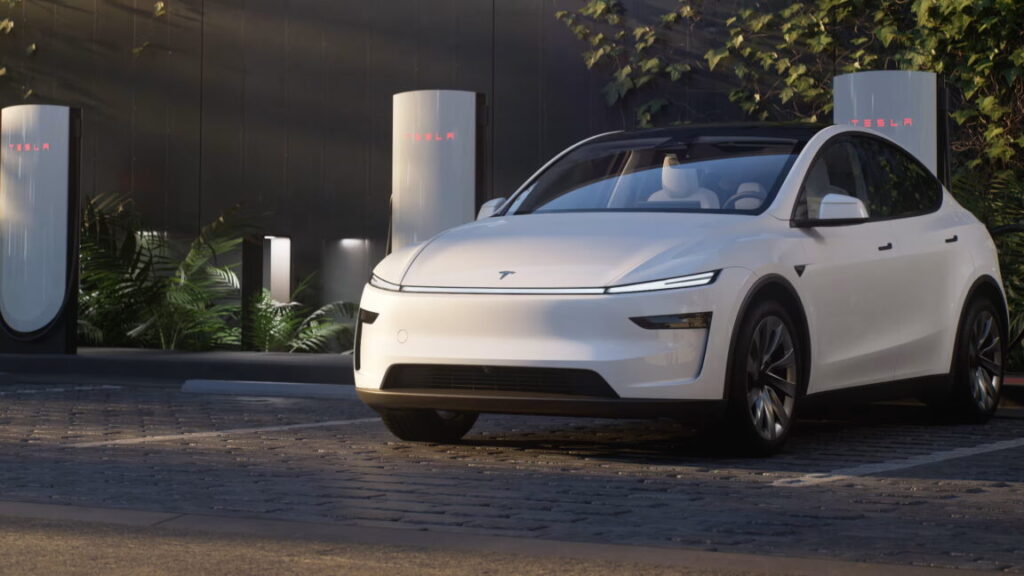Here’s Kia’s new small, affordable electric car: The 2026 EV4 sedan
The mesh headrests are a clever touch, as they’re both comfortable and lightweight. The controls built into the side of the passenger seat that let the driver change its position are a specialty of the automaker. There are also plenty of other conveniences, including wireless device charging, 100 W USB-C ports, and wireless Android Auto and Apple CarPlay. We relied on the native navigation app, which is not as visually pretty as the one you cast from your phone to the 12.3-inch infotainment screen, but it kept me on course on unfamiliar roads in a foreign country while suffering from jet lag. That seems worthy of a mention.
Public transport
Traffic in and around Seoul makes a wonderful case for public transport; it provided less of an opportunity for the EV4 to show its stuff beyond relatively low-speed stop-and-go, mostly topping out at 50 mph (80 km/h) on the roads, which are heavily studded with traffic cameras. Determining a true impression of the car’s range will require spending more time with it on US roads, as a result.
It was, however, an easy car to drive in traffic and to drive slowly. It’s no speed demon anyway; 0–62 mph (100 km/h) takes 7.4 seconds if you floor it in the standard range car, or 7.7 seconds in the big battery one. The ride is good over broken tarmac, although it is quite firm when dealing with short-duration bumps. Meanwhile, the steering is light but not particularly informative when it comes to providing a picture of what the front tires are doing.
Good driving dynamics help sell a car once someone has had a test drive, but most will only get that far if the pricing is right. That’s yet to be announced, and who knows what will happen with tariffs and the clean vehicle tax credit between now and when the cars arrive in dealerships toward the end of the year. However, we expect the standard-range car to start between $37,000 and $39,000, undercutting the Tesla Model 3 in the process. That sounds rather compelling to me.
Here’s Kia’s new small, affordable electric car: The 2026 EV4 sedan Read More »
